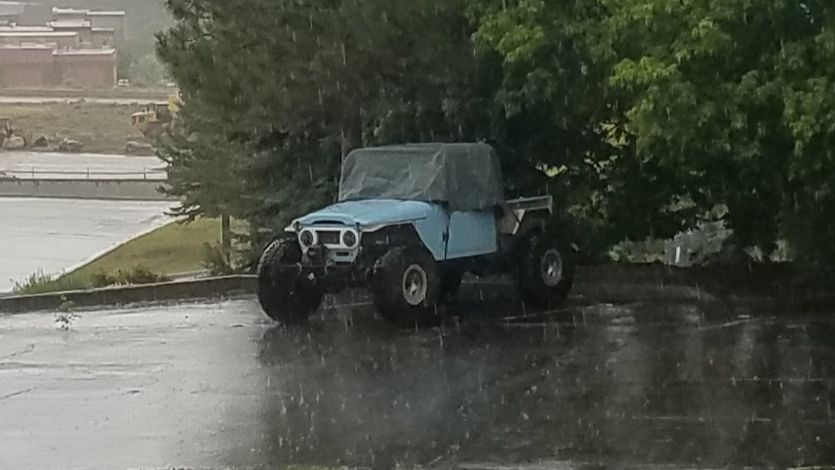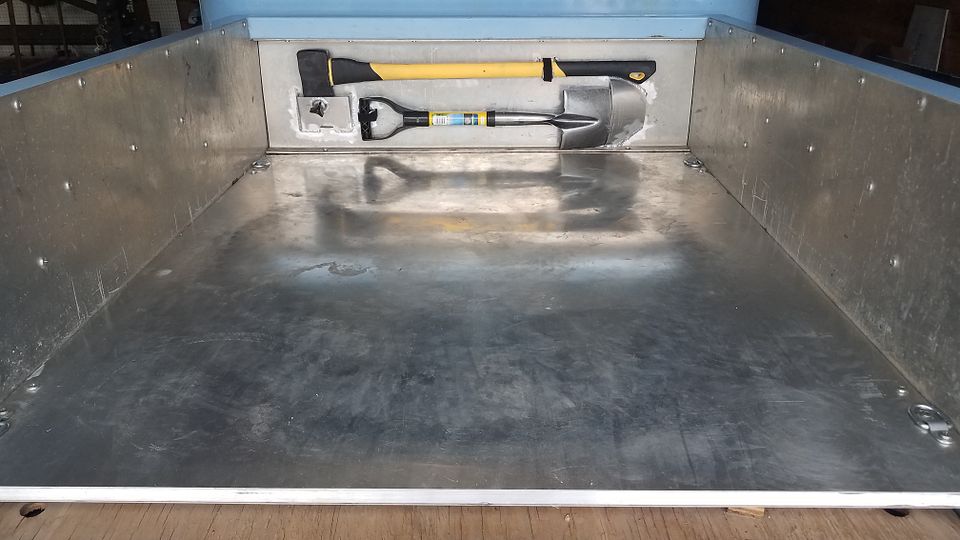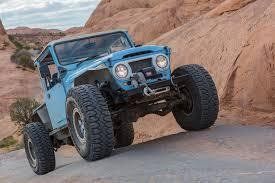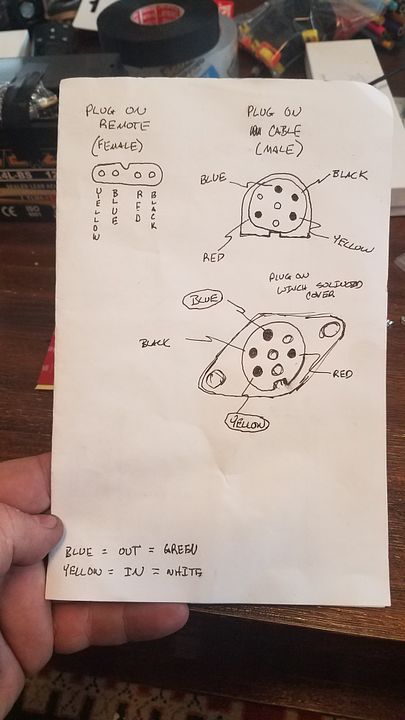A quick rundown of some updates I made to the #LX45 in the last few months.



I have had issues with the 80-series steering arms loosening up under hard use. I tried most of the normal things, but decided to try some of my own ideas to help fix the issues for good.
I started with another set of factory steering arms and knuckles so I wouldn't have to have the vehicle torn down for a long time. As a note, most of these factory studs/nuts where loose already.
The factory design, from an engineering standpoint, really has never made much sense to me. It just isn't a great mechanism for transmitting high steering loads through a small bolt circle with the fasteners all in shear. I decided to add a large tab on each steering arm location that would brace the arm to the factory steering stop boss on the outer knuckle. This seemed to to be the best ( furthest out ) location on the knuckle with a decent amount of structure to it that would require minimum mods to the knuckle itself, and no effect on other systems. I also wanted to be able to take everything apart and use a factory replacement part if needed.
I was able to sneak a 1/2" thick tab in each location that was positioned so that the arm could still be removed. The angle of the kingpin bearing axis makes only configuration possible so the tab isn't trapped by the steering stop boss itself. The clearances between the caliper and tab is pretty tight. I ended up having to tap those tabs and drill out the threads in the steering stop boss in the tie rod location to sandwich everything together. The tabs where also sized to maintain access to the lower caliper bolt. Everything was TIG welded together and allowed to cool nice and slow wrapped in welding blankets and carpet. The stock steering arms actually welded quite well. I think these are forged steel parts.
Since everything was already going to be apart, I also replaced all the steering arm studs with the new toyota steering arm studs. These where torque seated into the knuckle itself with red loctite. The knuckles where fully rebuilt when I had everything apart to keep leaks to a minimum.
The final tweak on the knuckles was to make some lock-plates for the nuts to help keep them tight long term. While I think the steering arm tabs made the most difference, these plates can't hurt anything. They are stainless steel and key into a small threaded pin that was drilled and tapped into the center of the steering arm when I had everything apart. This pin is bottomed with blue loctite and uses a nylock nut to hold all 4 tabs in place.

I also finally built a small (4) speaker box and cup holder combo that fits on top of the tunnel. This has sound deadening material on the inside and is poly filled with a laser cut stainless grill that is suppose to look reminiscent of some of the stock 40-series heater boxes. This little box sounds quite good with the Dual audio marine stereo and allows me to manage quite a few audio sources. I now have am/fm radio with weather bands, an mp3 player from a flash drive, bluetooth for my phone for nav, and was also able to feed the audio from the ham radio into the bigger speakers.
The cup holders also worked out really well, the only bummer is that the rubber sheet I used was just a LITTLE bit too thick to allow a 1L Naglene bottle as planned, but large insulated tumblers seem to work just fine. They actually work out better as drinking water stays cooler in them longer even without ice.

A cheap Jeep YJ cab cover fits well enough for when you want to leave the top panels at home while getting caught in a monsoon.

I also ended up adding a small pioneer tool rack, with a (small) shovel and axe, onto the front bed wall panel. The original 'temporary' plywood bed floor was also replaced with an aluminum unit. The aluminum version was built with thin sheets and 5/8 x 1.5 solid stringers/edges that was completely held together with 3M panel bond adhesive.
The list of small details never really ends, but I have been very impressed with this project over the last few years.


















